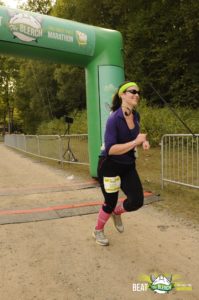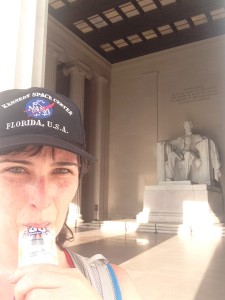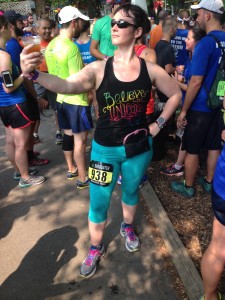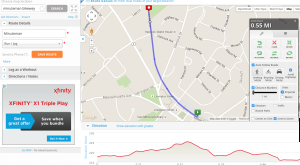If you follow my Instagram (and if not, you totally should!) you might have noticed that I wear sunglasses a lot. It’s true; I barely ever go outside without my trusty sunglasses. I’m pretty photosensitive; bright lights get to me very quickly and can even trigger some pretty awful migraines.
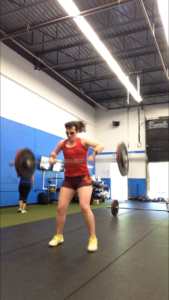
If we do a combo indoor/outdoor workout, I can even be spotted wearing them in the gym.
But I will admit that I have a problem: I lose sunglasses. Not just lose; break, destroy, and abandon. I am a cheap pair of sunglasses’ worst nightmare. I will love them and use them every singe day for a season until one day, they just crack under the pressure or go on a vacation and never return. I generally go through between 2 and 3 pairs of sunglasses in a year and because of this, I have some policies about my sunglasses:
I never spend more than $10 on a pair of sunglasses. My favorite pairs have been nabbed from a mall kiosk where I got a deal for buying like four of the same pair. I also stock up if I find a good price on them at the grocery story (I once scored a pair of sweet shades with Darth Vader on them from a Publix when my primary pair of sunglasses bit the big one while on vacation in Florida).
I only purchase sunglasses that have rubber edging on the ear hooks. This helps them stay on my face when my face is sweat (i.e. during a workout), and also makes it easier to wear them on my head when I’m not working out.
I only purchase sunglasses that fit perfectly. And I mean perfectly. They have to fit like a glove; not too tight, not too loose. As a result, I’ve taken sunglasses on long Spartan courses and not suffered a loss. It’s all about the fit people; shop picky and shop often.
I have a specific designated “sunglasses zone” where I always put my glasses down when I come back into my apartment. This means that they’re always available when I need them and that I always know where to find them. Every time I have accidentally deviated from this rule, it has resulted in a tragic sunglasses loss.
I don’t take them off when I’m out. They either go on my face, or pushed up on my head. If I don’t take them off, I can’t leave them somewhere never to be  found again. This also means that my aforementioned “fit” rule has to apply to fit on my head as well as on my face. It’s important to try on your sunglasses in various permutations just to make sure you’ve achieved optimal sunglasses harmony.
found again. This also means that my aforementioned “fit” rule has to apply to fit on my head as well as on my face. It’s important to try on your sunglasses in various permutations just to make sure you’ve achieved optimal sunglasses harmony.
This summer, I’ve been really lucky. I’ve managed to nurse this one pair of distinctive yellow sunglasses the entire season. They’ve been with me on two Spartan courses, countless half marathon-length runs and courses, errands, work trips, vacations, and more. I happen to love them because the distinctive color makes me easy to spot in group photos/race pictures. I realize that by blogging about how awesome they are, I am probably dooming them to some sort of ill-fated accident in the near future, but I’ll take my chances. I’ve had a backup pair on deck all summer because… well… I lose sunglasses.


